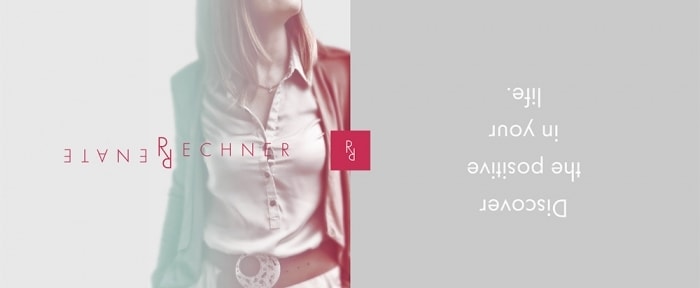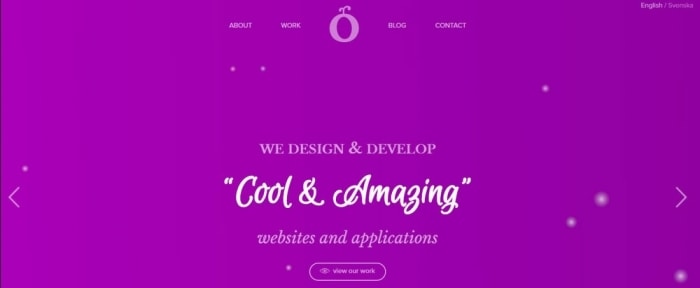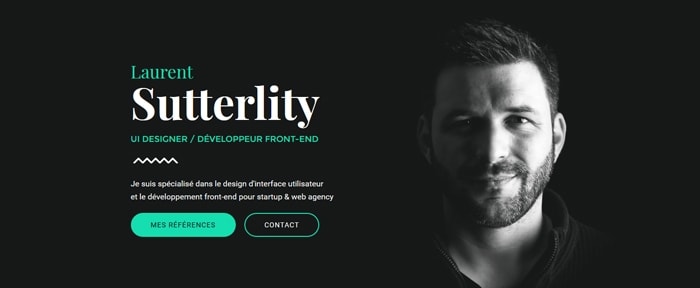7 Things You Didn’t Learn in Design School (But Use Every Day)
So many of the skills that get you through a day on the job weren’t things you necessarily learned in the classroom. From working with other people, to tools, to listening to your gut, there are a lot of skills that you develop along the way.
Whether you came up through design school or are more of a self-taught designer, there are a lot of things you probably didn’t formally learn (but know and use every day). If you are still in school or thinking about going into a design-related field, you’re in luck because you can start thinking about these things now. It’s never too late to learn and expand your marketability. (As a bonus, this post is filled with every day projects from the Design Shack Gallery; go check them out.)
1. Software Skills

Those who have been working in design for 10, 15 or more years are likely self-taught when it comes to most common design software. You may have been through multiple versions of software that does not even exist – remember Quark or Dreamweaver? – and likely learned it all on the job.
While many of today’s design students are working with plenty of software — even at the high school level for example, students are learning Adobe tools — walking into the workplace might be a bit jarring. Often many of the design tools are a few years older than current versions (particularly in smaller businesses or with nonprofit organizations) and just as many others use nonstandard software.
The key is compatibility. Take what you know and apply it to what you don’t. Many elements are fairly universal across software brands. Make a point to play with different tools to increase your familiarity with them.
2. Design Past the Screen

Most projects have to work in the real-world somewhere and be functional beyond the computer screen. From printing brochures to publishing billboards or box labels, you have to take the design from the software to reality.
That requires a two-step thinking process:
- Will this design work with the desired medium in terms of content and shape?
- Is is print-ready? Are fonts and color and images packagable? (And if not, how can you get it that way?)
The exception here is obviously for web design. More often than not, parts of a web design have to extend beyond the screen as well, such as logos or typeface options. When thinking about a digital design, there’s usability to think about in place of medium.
3. How to Work with Clients

No matter where you decide to work, clients are going to be there. They are your customer and while they are not always right, they are right more often than not.
This means you have to learn to let go of designs that don’t work for a client. Your job is to provide something functional, usable and visually appealing that meets their needs. The easiest way to meet these goals is to learn to listen and think about their problems in a way that you can solve.
You also need to be able to handle tough situations. Clients aren’t always easy to handle. It’s a skill that comes with time and one that benefits from having a mentor that’s dealt with all types of people.
4. There Are Rules for Everything

Design work is not about you. In almost any work environment, every project will come with plenty of constraints – colors, fonts, spacing, imagery, you name it – and projects must fall within these guidelines. No more designing just what you want or creating art that you like because you can, which is commonly accepted for academic projects.
The first step when tackling any project is figuring out what those rules are. What are the guidelines you must operate within? Making this the first step will save you a lot of time and effort in the long run.
Working within a set of rules is not a restricting as it might sound. A set of rules can help you expand your creativity in a way you might not expect. Learn more about how to design within the rules in a previous Design Shack article.
5. How to Balance Egos

Every design project is a balancing act. There are often lots of players involved from the client to the photographer to the copywriter to you. (and that’s for a small project.)
Every one of these people has something they want to see from the project. They have an agenda and an ego. You’ll have to balance these to keep the peace and keep a project moving forward.
What’s tough about this is that every team and project is different. The players and associated egos change. You’ll likely find it helpful to play nice and work with everyone while maintaining a level of firmness at the appropriate time. The best way to think about it is to pick your battles. For decisions that don’t mean a lot to you, let others make the decision and hold your ground on bigger design issues.
And don’t be a bully. Design projects involve a lot of compromise. Be ready to give at least as much as you take.
6. You Need a Niche

Today’s design marketplace is packed with designers that have found their niches. What are you really good at? Focus in that area.
No one person will excel at everything. If you are a star illustrator, look for a place to work where you can make the most of those skills. The same thing is true for web designers or packaging gurus. It’s equally important to find a style niche.
What about design most appeals to you? Are you great at pairing type but miserable when it comes to color? Are you a whiz at creating logos or animations? Do your projects seem to have a common theme or look? Play up those strengths in the jobs you choose and the clients you work with.
7. Gut Instinct

You can learn and apply all the design theory in the world and sometimes a project just won’t look right. Trust that gut instinct. If something looks off or not quite right to you, chances are that it will to everyone else as well.
The best design is mostly invisible and the average person seeing or interacting with it should only note a project because of ease of usability or functionality. They should not take notice of a drop shadow or color choice.
It’s OK to trust your instincts and do things because they look or feel right. (Admittedly, that’s not always the best way to create projects, but it is an option.) It can take years of working with clients or at a company before you allow gut instinct to guide a decision. But if your gut is telling you something, at least stop and listen even if you decide to go another direction in the end.
Conclusion
After years of working in design, there are so many aspects of the field (or art) that have changed and evolved, but the basics are at the root of everything. A foundation in design theory and a good eye will get you a long way. Soft skills are important as well. Building relationships is one of the parts of design work that often gets overlooked.
No matter where you are in your career, it’s fun to look at what formal learning versus on the job learning looks like. How do they compare for you?